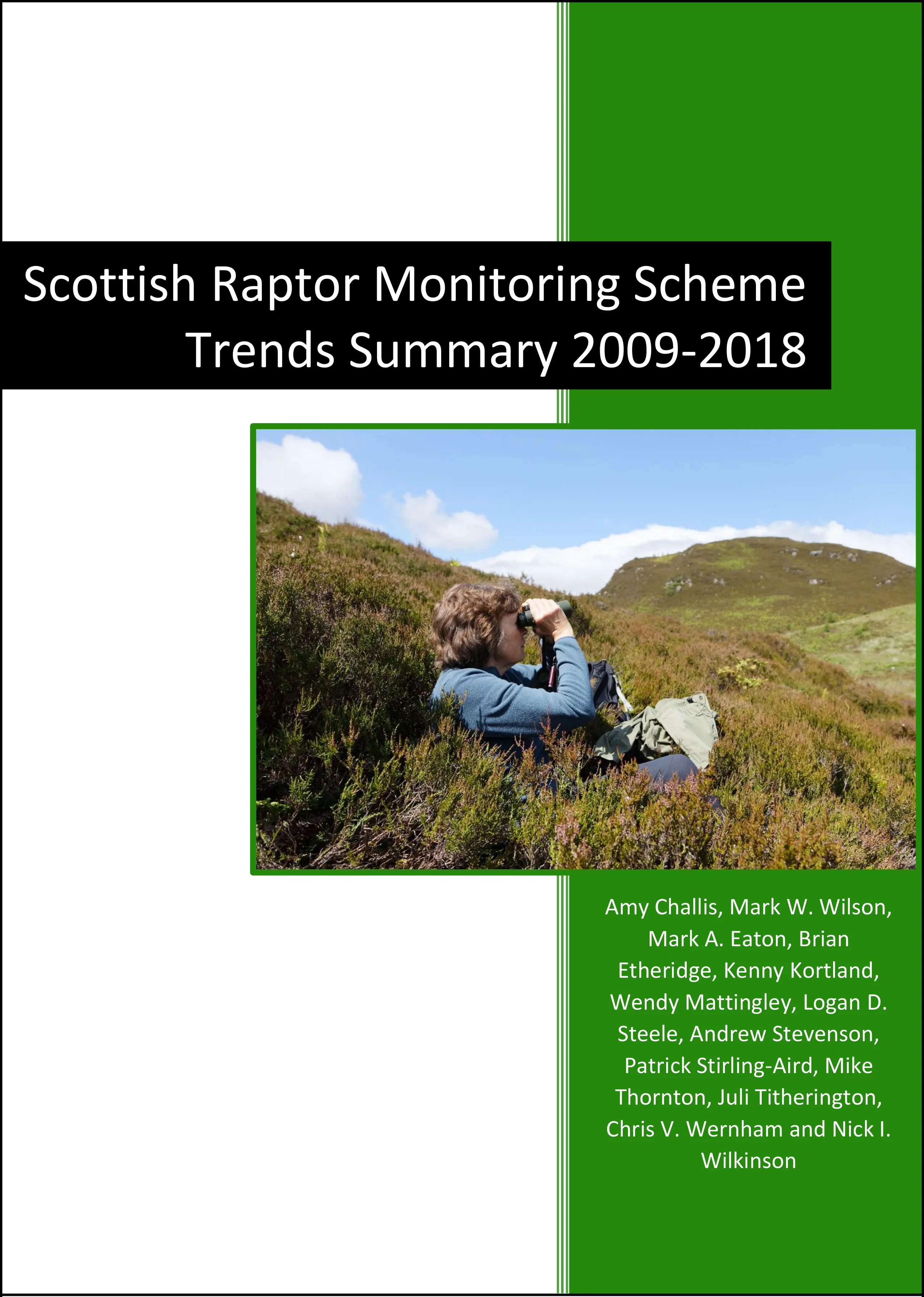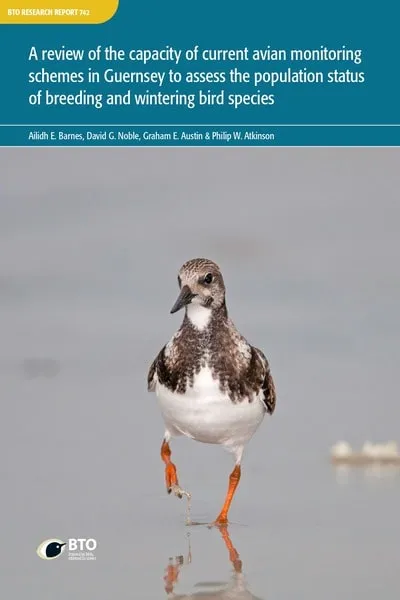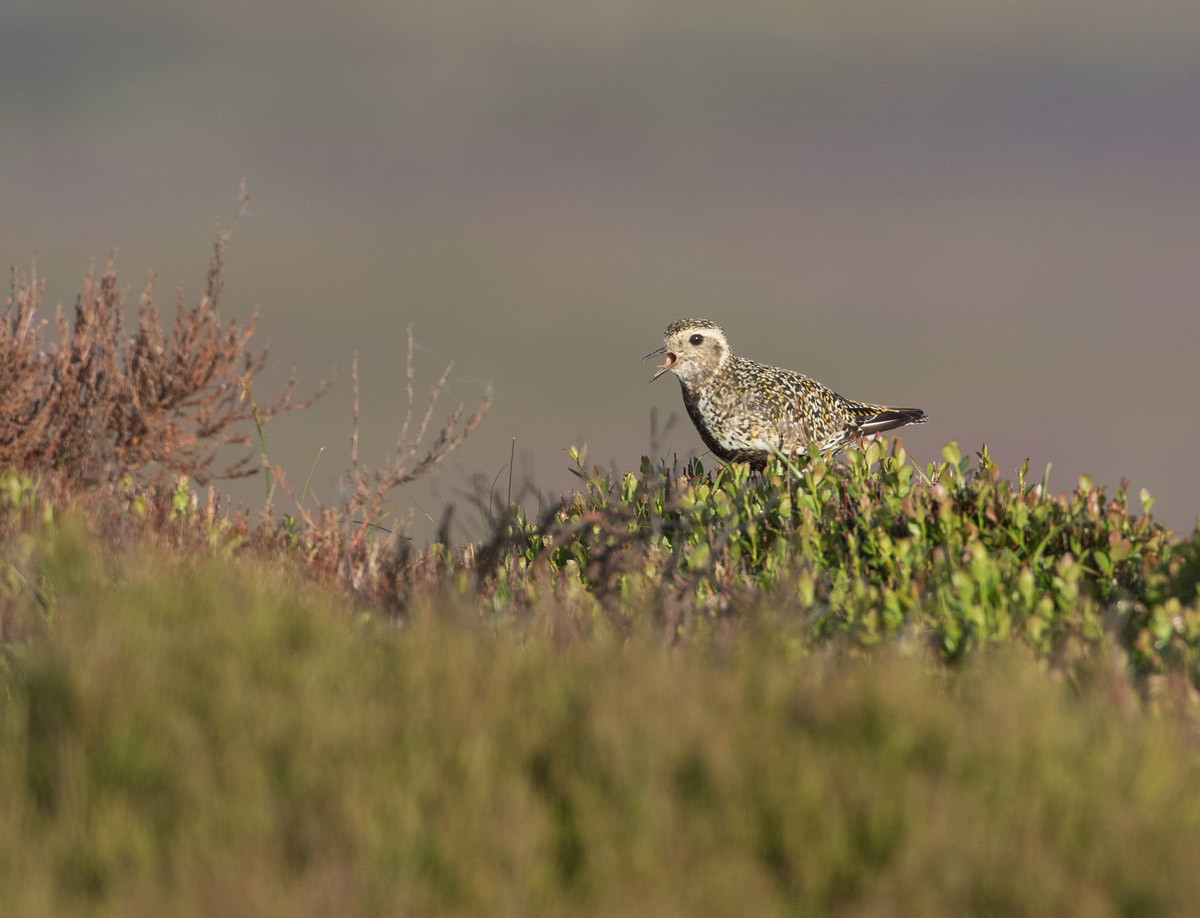BTO create and publish a variety of important articles, papers, journals and other publications, independently and with our partners, for organisations, government and the private sector. Some of our publications (books, guides and atlases) are also available to buy in our online shop.
Annual report of the Seabird Monitoring Programme
Seabird Population Trends and Causes of Change: 1986–2023
This report presents the latest seabird population trends in breeding abundance and productivity using data from the Seabird Monitoring Programme (SMP).
The report documents changes in the abundance and productivity of breeding seabird species in Britain and Ireland from 1986 to 2023, and provides a detailed account of the 2021, 2022 and 2023 breeding seasons.

Search settings
The incursion of Highly Pathogenic Avian Influenza (HPAI) into North Atlantic seabird populations: an interim report from the 15th International Seabird Group conference
Author: Cunningham, E.J.A., Amandine Gamble, A., Hart, T., Humphreys, E.M., Philip, E., Tyler, G. & Wood, M.J.
Published: 2022
11.11.22
Papers
Scottish Raptor Monitoring Scheme Trends Summary 2009–2018
Author: Author(s): Challis, A., Wilson, M.W., Eaton, M.A., Etheridge, B., Kortland, K., Mattingley, W., Steele, L.D., Stevenson, A., Stirling-Aird, P., Thornton, M., Titherington, J., Wernham, C.V. and Wilkinson, N.I.
Published: 2022
This report presents trends for raptors in Scotland based on Scottish Raptor Monitoring Scheme (SRMS) data for the period 2009 to 2018. Trends cover breeding numbers and productivity (breeding success, clutch size, brood size and the number of fledglings) at national and regional (SRMS Region and Natural Heritage Zones) levels for 14 species (13 raptors plus Raven) that breed regularly in Scotland: Osprey, Golden Eagle, Sparrowhawk, Goshawk, Hen Harrier, Red Kite, White-tailed Eagle, Buzzard, Barn Owl, Tawny Owl, Kestrel, Merlin, Peregrine and Raven.
07.11.22
Research reports Research reports

Demography of Common Swifts Apus apus breeding in the UK associated with local weather but not aphid abundance
Author: Finch, T., Bell, J.R., Robinson, R.A. & Peach, W.J.
Published: 2022
Data from the BTO/JNCC/RSPB Breeding Birds Survey reveal that breeding Swift populations in the UK are in decline. Both reductions in the availability of invertebrate prey and the loss of nesting sites have been suggested as possible reasons, but the ultimate drivers of this decline are poorly understood. Can we improve our understanding of Swift decline by bringing together the information collected by bird ringers and nest recorders alongside data on insect availability and weather?
03.11.22
Papers

A review of the capacity of current avian monitoring schemes in Guernsey to assess the population status of breeding and wintering bird species.
Author: Barnes, A., Noble D., Austin, G. & Atkinson, P.W.
Published: 2022
03.11.22
Reports

Trade-offs between the natural environment and recreational infrastructure: a case study about peatlands under different management scenarios
Author: Martino, S., Kenter, J.O., Albers, N., Whittingham, M.J., Young, D.M., Pearce-Higgins, J.W., Martin-Ortega, J., Glenk, K. & Reed, M.S.
Published: 2022
Land use policy seeks to manage benefits for different groups within society by balancing competing interests. These benefits could be the delivery of food through agriculture or the provision of recreational opportunities; they may also be less tangible things, such as carbon storage or flood mitigation. An important component of balancing these competing interests is to understand their relative importance to different parts of society, something that is addressed through this collaborative paper including BTO, which uses peatland restoration as an example.
01.11.22
Papers
